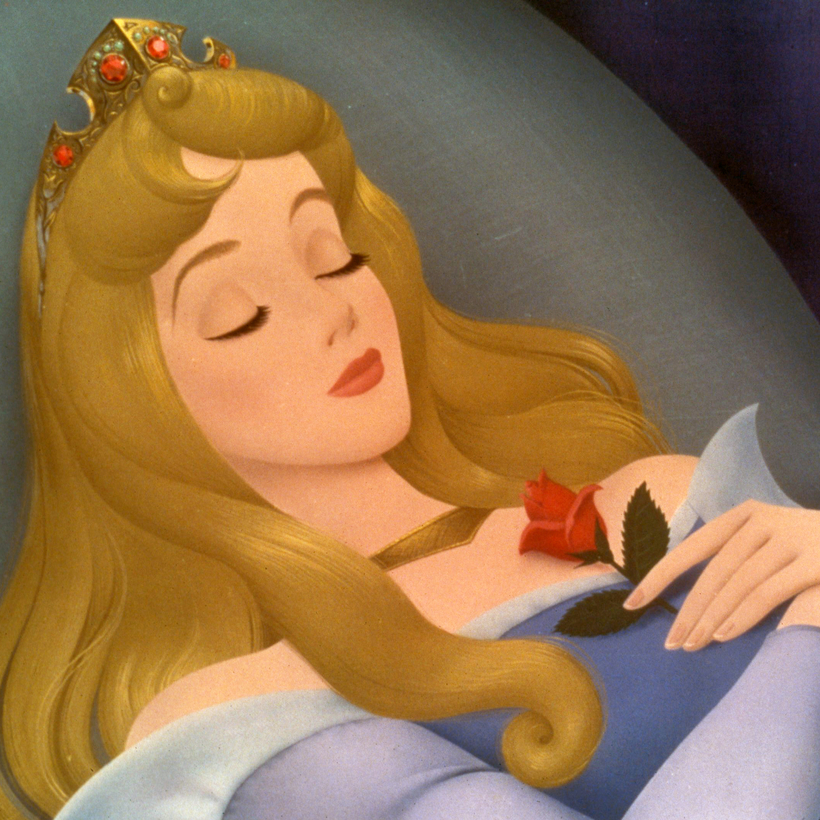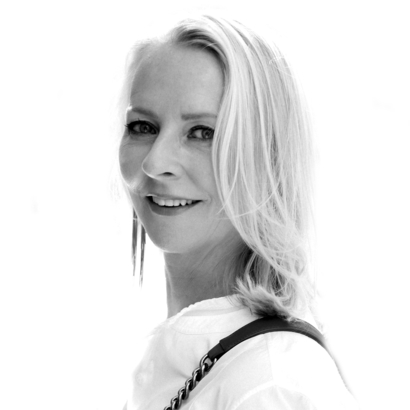Perhaps you’ve heard that sleep is the new sex. And when sleep becomes the new sex, the natural progression is performance anxiety. It usually happens like this: “You’re going to bed before you’re very sleepy, because you think you should,” says Dr. Janet Kennedy, a clinical psychologist and founder of NYC Sleep Doctor. “Insomniacs have always felt this: Tonight I’d better sleep so I can get out of this rut.”
As if to heighten the anxiety, there are now a whole assortment of sleep trackers—the new Amazon Halo, an alarm clock with a sleep-analyzing function, along with the Oura ring and the Whoop band—that are all too ready to let you know how bad you are in bed.
Something that should be so easy has become mighty complicated: There are mantras and Yogi Tea, white-noise machines and cooling memory foam, melatonin gummies, blackout shades, and gratitude journaling. Listening to the ways people try to fall asleep is almost as boring as listening to their dreams.
Let’s be really boring! That could be the motto behind the podcasts and apps intended to treat sleeplessness.
The Calm app enlists actors and singers to read boring bedtime stories for adults. Close your eyes, and you can almost feel them nestled on the pillow beside you. It’s quite enticing. Harry Styles bores us with rhyme. Matthew McConaughey exhausts with awe and alliteration. Rosé of Blackpink tries it with couplets. LeBron James, an expert sleeper (eight hours a night plus a two-hour nap), goes meta with a yawn about “a young man who would be king.” The Dateline dramaturge attempts it with a Dateline-y tale about a wolf, a bear, and some oatmeal. It’s as dull as dishwater.
At first, actors were hesitant to read for Calm, asking, “You mean you want me to bore people to sleep?” says Michael Acton Smith, Calm’s co-founder. “They thought it was strange.” McConaughey, apparently unafraid of being strange, was the app’s “big breakthrough,” says Acton Smith. Soon, agents were calling and clients were droning.
The actors are coached in how to read just so. “We have to tell them to slow it down,” says Acton Smith. “We tell them, ‘Imagine someone in the recording booth with you who’s tucked into bed.’ It’s non-intuitive. They’re used to being exciting.”
In the world of Calm’s Sleep Stories, the rain always falls gently on the trees, the stars are always glistening, the clouds drift fluffily by, and “special” rhymes with “celestial.” There are “birds and bees and ruffling trees” (Styles) and “a flamboyance of flamingos … lounging in a lagoon” (McConaughey). Please don’t listen too closely; don’t hurt yourself parsing text or subtext. Just let the words wash over your listless, helpless, stupefied self. “The slope of a Sleep Story starts high and goes low,” says Acton Smith. “It becomes slower, and the gaps between the words become longer.” Zzz.
In his Sleep with Me podcast, Drew Ackerman is a proud anti-Styles. His voice is nasally and creaky, his accent upstate New York; he’s never been in a boy band, and he’s fine with that. He constructs nonsensical stories filled with labyrinthine tangents. They’re “for people who know how it feels in the deep dark night—and I’ve been there—tossing and turning, mind racing,” says Ackerman.
You know what’s more boring than listening to someone’s dream? Listening to the ways they try to fall asleep.
Ackerman delicately avoids any mention of phobias: spiders, snakes, monsters, demons, money, politics, heights, calories. Yes, calories. “I try to just make it barely interesting, not too interesting, but not so boring,” he says. It’s a slender needle to thread. When writer’s block strikes, he reminds himself, “we just have to help people fall asleep—we don’t have to be amazing.”
Sleep scientists believe these stories have value for the addled, anxious, ruminating brain. “A podcast makes sense because you aren’t exposing yourself to light. As long as it isn’t too scary or too stimulating,” says Dr. Richard K. Bogan, a sleep expert and associate clinical professor at the University of South Carolina School of Medicine. Nothing personal, but he’d appreciate it if Shawn Mendes, Cynthia Erivo, Idris Elba, and the rest of the Calm gang weren’t next to you in bed but somewhere upright in the living room. He prefers his patients to be in a near coma before they slip between the sheets. “I want them to crawl into bed.”
Just lying down in itself is fraught. That’s when “thoughts become scarier, less rational; they float around in weird trajectories and can quickly become a source of fear or anxiety,” says Dr. Kennedy. “You need to feel safe to fall asleep.” She favors physical books over listening to something on a screen, and not just because of the stimulating powers of blue light. “Reading is so much more active. It makes it harder for the mind to wander and go to the darkness. If you’re decoding letters and imagining a plotline … that mental work that goes along with reading is different than the mental work of listening or watching.”
The idea is to require enough cognition to “override that anxious mind,” she says. Also, once the phone is next to the bed, it’s “very tricky to resist the urge to pick it up,” she says. “And then you’re back in your day.” Soon—and I’m speaking hypothetically—you’re checking Harry’s relationship status, his age, computing the age difference between the two of you, and googling “Harry Styles older women.”
Sleep experts are trying to relax their strict rules about the when and how. Dr. Kennedy throws up her hands when her younger patients insist on falling asleep watching reruns of Friends. “It’s hard to get them to stop.” Dr. Bogan doesn’t object to naps or going to bed late and sleeping in, believing, “The best thing for sleeping is to sleep.”
Let’s let Shawn Mendes take us there, as he describes “a swirl of deep blues, purples, and greens, like the inside of the most whimsical spaceship.” Well, maybe not. A whimsical spaceship does not give me comfort. How about giving Drew Ackerman a go as he muses about arcana? “Why aren’t Christmas lights in ROYGBIV order?” Good night!
To hear Linda Wells reveal more about her story, listen to her on AIR MAIL’s Morning Meeting podcast
Linda Wells spent 25 years as Allure magazine’s founding editor, served as Revlon’s chief creative officer, and currently consults and sits on the boards of several beauty and apparel companies


